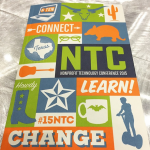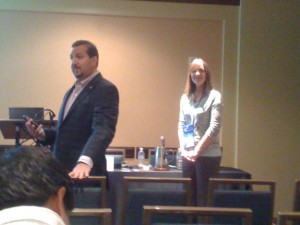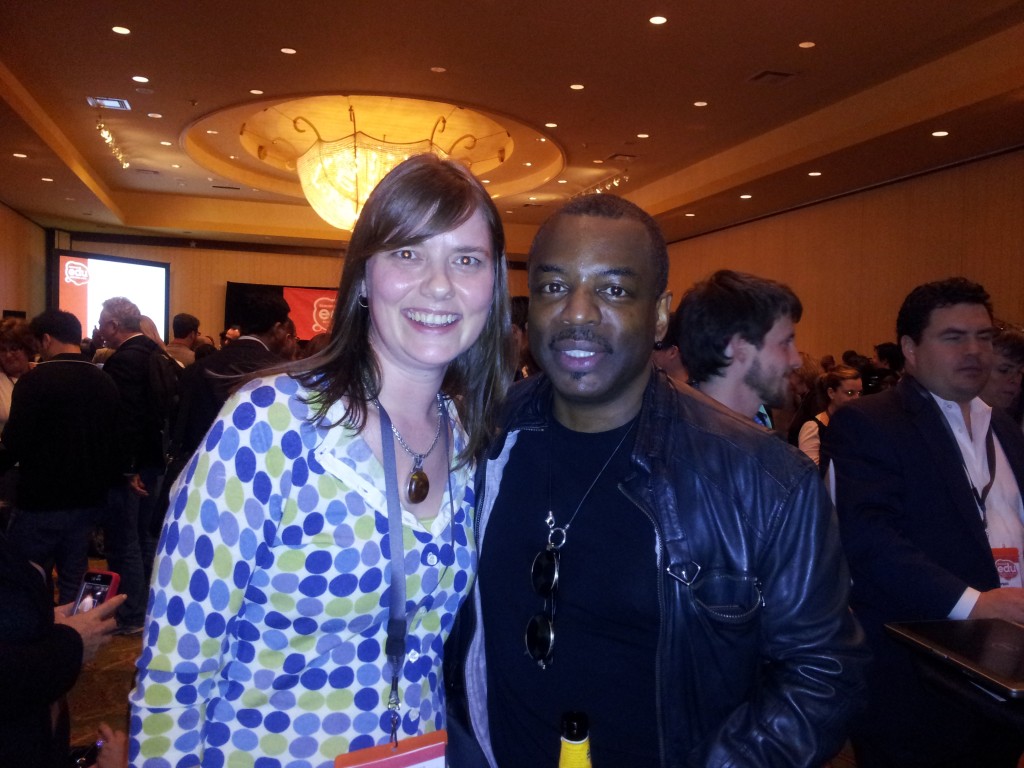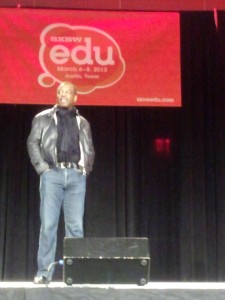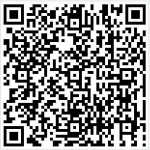This article is part two of a series that focuses on the participants perspective of an event fundraiser and how to improve participants’ experience with events, and increase overall event participation. It was originally published by Hilborn eNEWS, formerly Canadian Fundraising & Philanthropy.
If you haven’t already, please read part one of the series.
Participants’ tips for race fundraising success, part two
By Heather Burton, Stacy Dyer, and Stacey Miller
As we said in our last article, you only get one chance to make a first impression. Timing, location and course selection are key starting points to providing a fantastic experience and having us show up again next year.
We’re going to finish our sneak peek into the participants’ perspective with three other areas of focus: technology, marketing and race necessities.
Easy event registration
There’s nothing worse than getting excited about information from a PSA, local newspaper ad or even a friend, only to struggle with event registration. These days, easy online registration is a must for successful charity races. If we have to step away from your registration for any reason, there is a good chance we might never return.
Consider vendors that specialize in event management software and online event registration. They should have pre-made templates that you can modify to suit your own event, saving you time and effort and making our online registration a breeze. Help us find your form – make it available not only from your website, but also from your Facebook page or anywhere else your supporters might find you online.
We all hate filling out forms, so make sure you remove as many barriers as possible to completing the registration. Most of us like forms that are simple to complete, collecting all the relevant information (such as t-shirt size), in one place. We understand that you need this information for your database and we support you in that endeavor. But please, collect only the information you absolutely need. Use an after-race nurture e-mail for additional information or cultivation as necessary.
Ensure your technology includes a merchant gateway so you can securely collect payment at the time of registration. Give me options to pay for my registration, such as credit cards, Paypal, or Google Checkout.
Be sure to capture the registration data in a database so you can run reports and email the participants in case your logistics change. Having email addresses also allows you to add participant information to your fundraising database.
Hear ye, hear ye!
Market, market, market, and market some more! During race season, you’ll have to make a lot of marketing “noise” for us to notice your race – especially if yours is an inaugural race. Many of the most effective channels will run your race announcement free of charge. This includes local running stores, websites, and newspapers. Many television and radio news programs also allow local nonprofits to publicize their events. No matter where you advertise, be sure to include the name of the race, date, time, place, charitable beneficiary, directions for registering and contact information.
Don’t forget about or ignore the role of social media. Facebook and Twitter can be your best friends for viral marketing. People are more persuaded to participate in a race when asked by family or friends, so make sure links to registration forms are easy for us to share directly in our social networks. Allow us to monitor the success of our fundraising efforts with online thermometers or status bars that update automatically whenever a contribution is made.
It’s true that as runners or cyclists we love our sport, but incentives will draw us toward a particular race. Everyone loves to get the “stuff” that comes with organized events. From the souvenir shirt to the bib number, participants feel satisfaction from having proof of completion. Many participate in races year after year just because they enjoy collecting the unique, limited-edition t-shirt included in their race packet!
And don’t forget that we love extras – discount coupons to local smoothie shops, athletic stores, health clubs or spas are popular items. Many times the charity can get these items donated or at a reduced cost in return for the advertising. Make the packet a true “goodie bag” to entice the racer to register year after year, and remember to consider what you can do to make your packet unique. It will get talked about in race circles and draw even more participants to next year’s event.
“This was OK, but…”
We want to remember your race, not only for your cause but because of its excitement and memories. Here are some race necessities to consider.
Race-start excitement Make sure you have a clear starting line with a countdown clock, and have a bullhorn so you can start your race on time. Consider providing entertainment and engaging with a local radio station to make announcements. We appreciate the local touch of celebrities and activities for our families to enjoy while we run or ride.
Quench the thirst, motivate the soul Along the race course, make sure you have plenty of water stations. High school cheerleaders and athletes make a great addition to cheer your racers on. Music is a great motivator, and local musicians might want to join in the excitement. Have people monitoring the course to keep your racers safe.
Celebrate success. After the race is celebration time! Make sure your finish line is appropriately marked and festive. Consider a finish chute consisting of a rope/flag border about six feet wide and long enough to accommodate the maximum number of participants you think will be finishing within any one-minute period in your race. Keep the finish exciting for us by having racers announced as they cross the finish line. Provide water bottles as we finish the race – don’t make us search for water.
Feed us! And don’t forget that during a race we can burn anywhere from 300 to 700 calories that we need to replenish. Most races will provide fruit (bananas, cut oranges), bagels sliced in half or cookies. Many sports-food vendors like to test their latest products at events, so ask them! Additionally you might consider getting sponsorship from massage schools or chiropractic practices. Give us a good 15-minute massage after a 5K run and your event will stand out in the crowd. These activities will help turn your race event into an after-race party!
Holding a charity race can be daunting and rewarding. From start to finish, there are a million little details to which you must attend. However, these steps will help you anticipate the needs of your participants and supporters and provide an excellent race experience to keep attendees coming back year after year.
Heather Burton, product marketing director for Sage North America’s Nonprofit Solutions business, has been involved in the nonprofit sector for more than a decade. Stacy Dyer is a product marketing manager for Sage’s Austin-based Nonprofit Solutions business. She has worked and volunteered with nonprofits for more than 15 years. With more than 20 years of experience in market management and marketing communications for both nonprofits and for-profits, Stacey Miller currently serves as a consultant to Sage Nonprofit Solutions.
-Stacy

